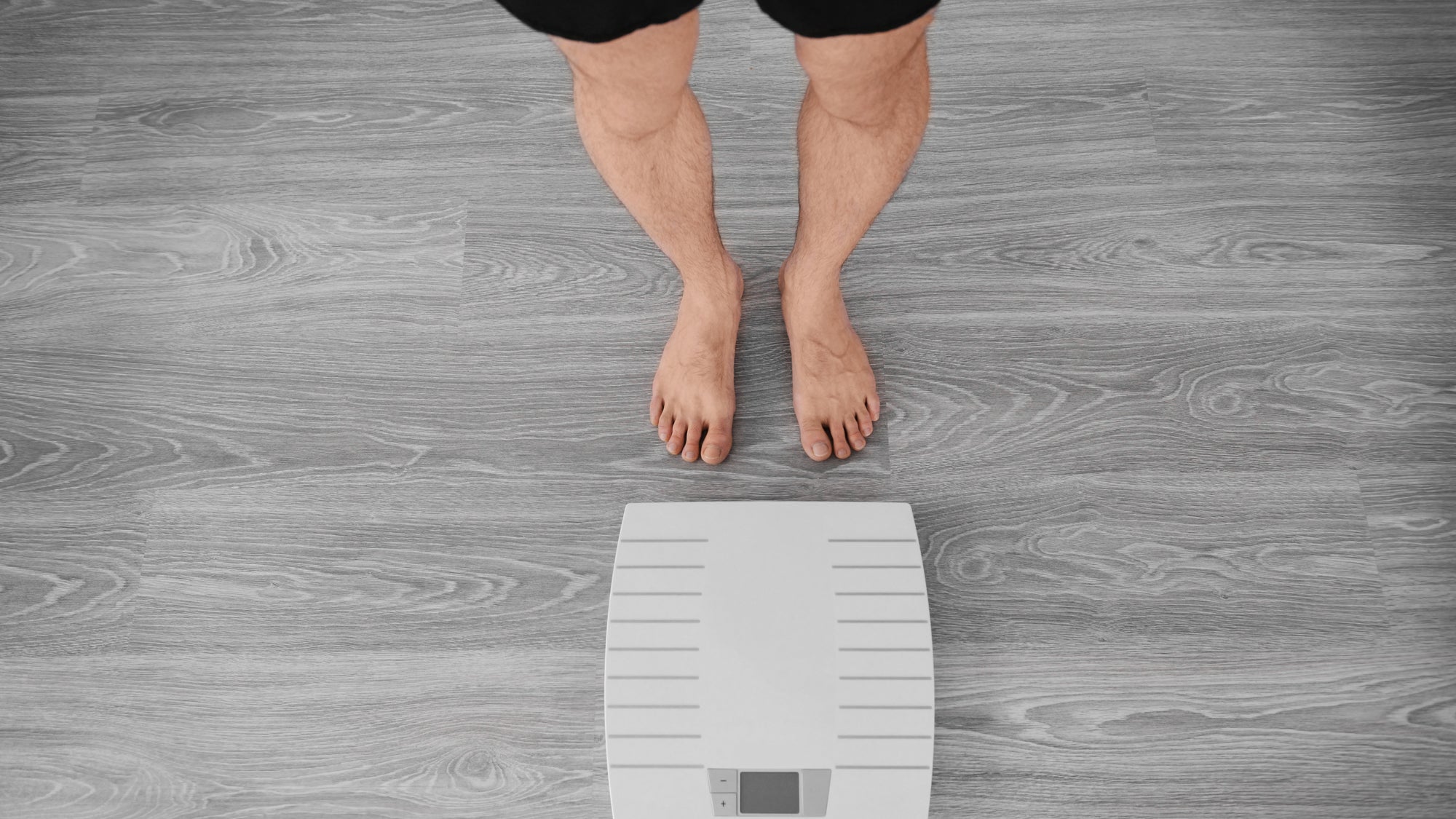Ask Stacy: The Ideal Race Weight and Post-Workout Snacking

Dr. Stacy Sims is a leading sports nutritionist and exercise physiologist who has worked with hundreds of professional athletes and age groupers to help improve their training, performance, and health. This week she addresses questions about race weight and snacking before and after workouts.
I’ve heard a lot about hitting “race weight”—how do I know what my race weight is and how should I achieve it?
There are always conversations around race weight: “I’m only eating X amount to get down to race weight” or “I’m doing fasted training to help me get to race weight.” You can even Google “Ideal Race Weight” and you’ll discover online calculators! But what exactly is race weight and is it necessary for the amateur triathlete?
Race weight is considered to be the optimal body weight for an athlete to produce maximum power for hill climbing and running fast while having the lowest body fat without compromising health. The mistake is the focus on being “light” at all costs. The focus should be on specific performance metrics, such as sustained power or running speed with physiological and psychological markers of fatigue, immunity, sleep, and recovery. Too many athletes strive for a specific weight on the scale to be their “race weight” yet have no idea how being a few pounds over or under this might affect their overall performance goals. Achieving an ideal weight for racing is multi-faceted; trying to simply lose weight is really difficult, for a myriad of hormonal, genetic, and psychological reasons.
First, ask yourself if you have sound nutrition—not just in and around your training sessions, but throughout the day. Are you book-ending your days with food and missing meals during the day? This can contribute to symptoms of low energy availability (even if you are not low in calorie intake), resulting in extra weight, especially around your midsection. Your food choices are critical: Research is very clear on the impact processed foods have on our body composition, health, and gut microbiome.
Second, although there is science to back up the concept that less body weight contributes to faster running and hill cycling, the question that you should ask yourself is “How do I feel?” during hard efforts—are you hitting your numbers? Do you feel you are responding to training? With blocks of high-intensity training, your body composition will change—increasing lean mass and decreasing body fat—but this will only happen if you are fueling your body for that workload.
Finally, race weight is really where you feel best in your performance while maintaining health. This means you are injury free, healthy, and adapting to training. Your race weight will come naturally over the course of a few seasons with smart training, smart fueling, and smart nutrition.
I’m new to triathlon and doing my first race in April. What pre- and post-workout snacks or meals can you recommend?
There are many nuances to consider here, such as the time of day you train as well as the duration and intensity of the session. You don’t need to rely on specific snacks for pre- and post-workout if you are training around a meal. For example, if you are doing swim squad at 5.30 a.m., you do need something small before diving in (especially if you are a woman), but this can be something simple like a banana, a piece of toast with nut butter, or a “protein cold brew latte”—(a shot of espresso, half a cup of almond or other non-dairy milk, one tablespoon of protein powder, all stirred up and put in the fridge the night before). Then after your workout, have breakfast with a good hit of protein, such as Bircher-style muesli: soak half a cup of untoasted muesli overnight in almond milk, top with one tablespoon of walnuts, a third of a cup of blueberries, a quarter of a cup of low fat plain Greek yogurt.
Lunch workouts can be a bit trickier, but if you think about splitting your lunch and having half of it before and the other half after your session, you should be good to go. Pre-dinner sessions can also be a challenge, as towards the end of the day we tend to be hungry and dehydrated, so prepare your body in the afternoon by keeping on top of your fluid intake. About 90 minutes before your workout have a substantial snack such as avocado on toast or one or two hard-boiled eggs with 10 baby carrots and 10 almonds or two tablespoons of almond butter on a banana. After your session, if you can get to a nourishing dinner within 30 to 45 minutes then you’ll be hitting your optimal refueling window. Otherwise think about packing a small protein-rich snack for the drive home (it can be as easy as a protein shake) and don’t forget to rehydrate!